1,001 Birdhouses for $10,000
The story behind an unusual Craigslist posting
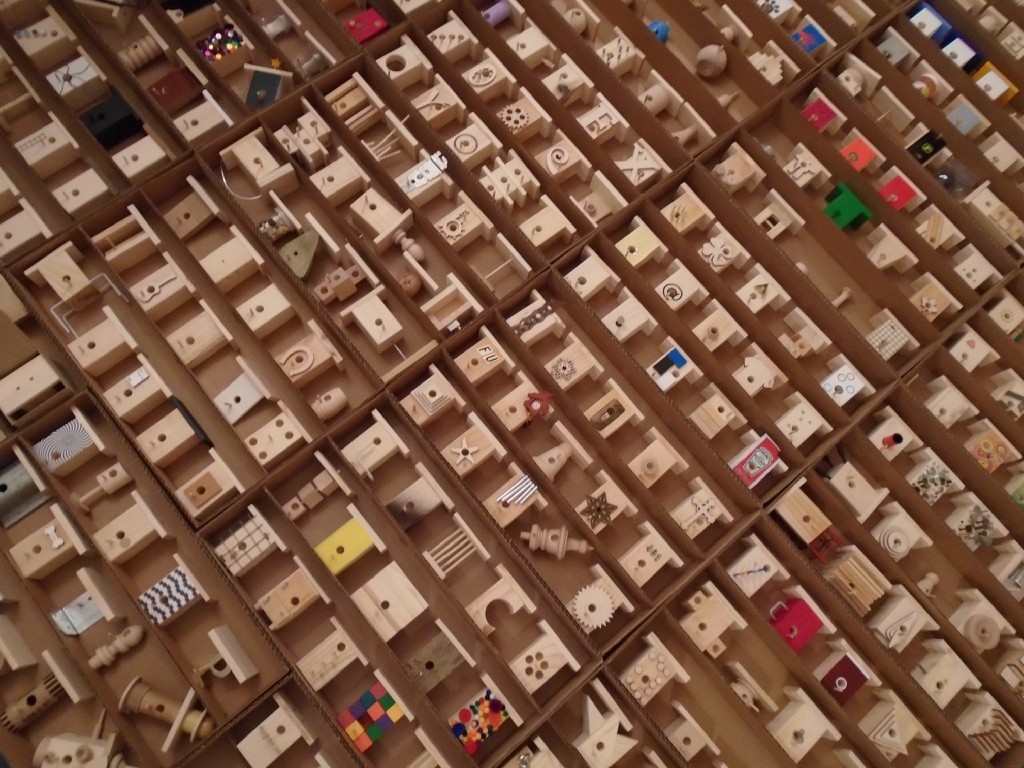
The definition of ‘outsider art’ is a loaded one. It is broad enough to include art by autodidacts, art by the institutionalized, and contemporary ‘folk art’ by communities that don’t slot neatly into The Met’s indigenous categories. Sometimes, it’s art that looks more like crafts.
If you’ve been to Hudson, New York (you know, upstate) you’ve seen the art of Earl Swanigan, the town’s outsider artist in residence. Earl literally sells his art outside, lining the sidewalk with flat planes of anthropomorphized animals on repurposed construction boards. And though he is now listed on Artsy and 1stdibs (with the outsider angle played up, of course) a better metric of Earl’s success is that Hudson simply wouldn’t feel like Hudson without him.
Outsider art couldn’t exist without insider art, or art deemed worthy of art criticism. (For a crash course in that, see Tom Wolfe’s The Painted Word.) Vulture critic Jerry Saltz calls the outsider label an “outmoded discrimination.” You might have heard the sad story of Inuk artist Annie Pootoogook’s untimely death at 47 in 2016. Pootoogook, winner of Canada’s Sobey Art Award for young artists, depicted the realities of contemporary Inuit life. If she was considered an outsider, it was only because her community has been forced to the social margins. Writing of Pootoogook in 2006, Toronto-based critic David Balzer said that the association of Pootoogook with the outsider cannon was “an often cynical and exploitative designation that could belittle the legitimacy of her talent.”
I resent the term outsider and wish we had something better to describe art made outside the slick cogs of the art industry, the workings of which most Americans won’t be exposed to in their lifetime.
A year ago, I decided that if I wanted to understand how the average person views art I should look to the Craigslist arts+crafts listings. I’ve spent many hours scrolling through baskets of yarn, carved table legs, and muddy impressionist landscapes. So I certainly sat up and took notice when I saw Heikki Jaason’s listing of 1,001 miniature birdhouses for $10,000.
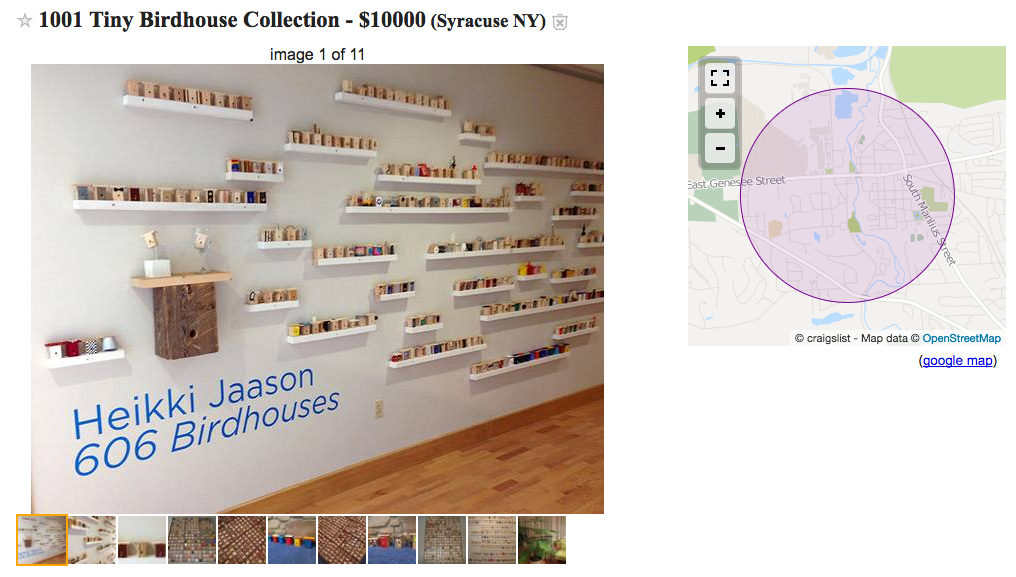
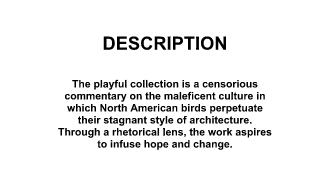
Jaason is Estonian-Canadian and created the collection in his thirties. He’s exhibited it at two galleries, View in Old Forge, New York in 2015 and Capacity 3 Gallery in Guelph, Ontario from 2015 into 2016. Each house has a theme, ranging from Tim Horton’s to Dog Hair. These 1,001 themes are compiled in a single document. I reached Jaason by phone to talk about the scale of his undertaking and whether he’s really ready to part with it.

Where were you when you undertook this project, and over how long of a period?
HJ: I was living on a farm in Ontario. The dwelling that I had there was quite small, it was about 400 square feet. I guess you could call it a tiny home. I just fixed it up when I bought the farm then I lived there for a couple years and it’s currently rented out. It was a good chance to experience life on a smaller scale with a smaller footprint, and I realized how little space we really need to get by. That sort of inspired me on some level to create a really small birdhouse collection. I think it was over the course of a couple of months that I got to 606 pieces and then I took a year off or so to go to Europe and when I came back I ended up completing the remaining pieces to get to 1,001.
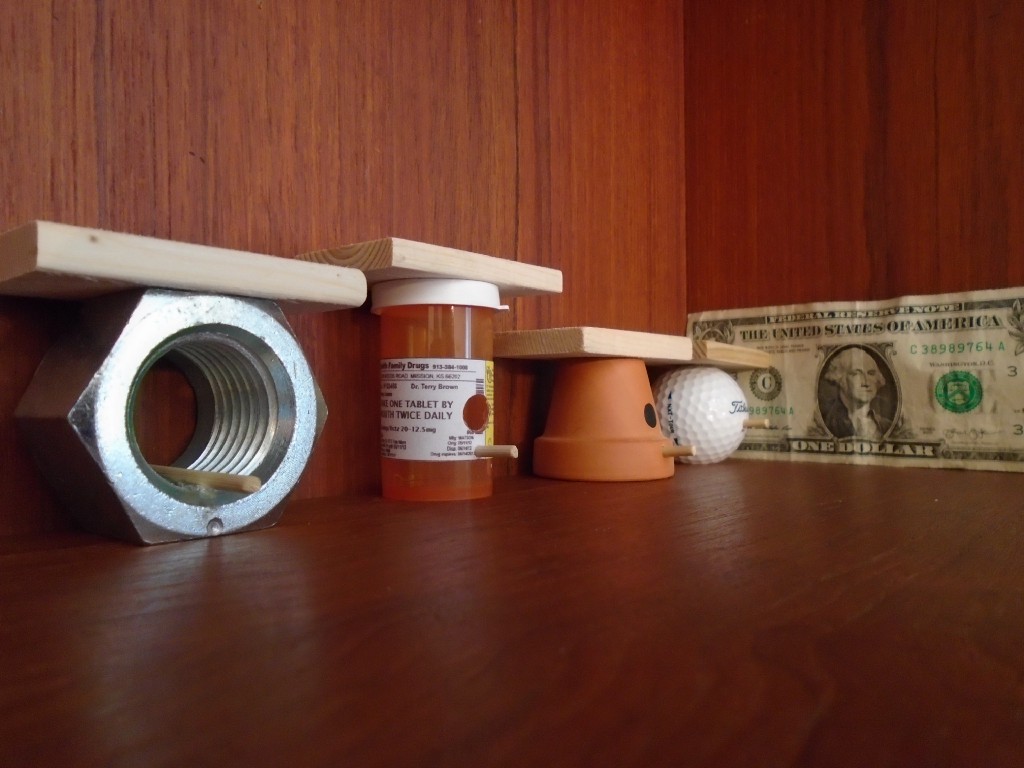
What is your vocation? I know that is a loaded question.
HJ: I’ve done lots of different things, most recently I was teaching for quite a while as an elementary teacher and then prior to that I was working as a university administrator for a number of years. I’ve been back and forth through school pursuing different degrees of interest and studied in Europe for a couple of years. I just enjoy being in a learning environment and I really thrive on having a lot of variety in my life so I like to pursue things for as long as I am inspired by them. When I started doing this art project it just sort of evolved organically.
Were any of those degrees in art?
HJ: No. My mother studied art formally and has done an incredible amount of painting. My uncle (her brother) had a gallery in Soho where he focused on American Primitive Art. So I’ve been exposed to this idea of “outsider art.” I don’t consider myself an artist, but I think I’ve created something that people would consider art and it challenges the definition of who an artist is and what art is. Maybe when I end up selling it I’ll think of myself a little bit differently.
How did you decide on birdhouses? You really committed to birdhouses for a while there.
HJ: I think so many of us have experience building a birdhouse and it’s really accessible for people. I built a larger house and then I built a couple of miniature ones and once I found a source for reclaimed materials I thought it was a great chance for a more ambitious project. It was just the creative outlet I needed at that period in my life so I would devote an hour or two in the evenings, and then once I settled on a larger number I became a little more obsessive. I was getting a lot of positive feedback from friends and family and other people who had seen it and that encouraged me to continue, for better or worse.
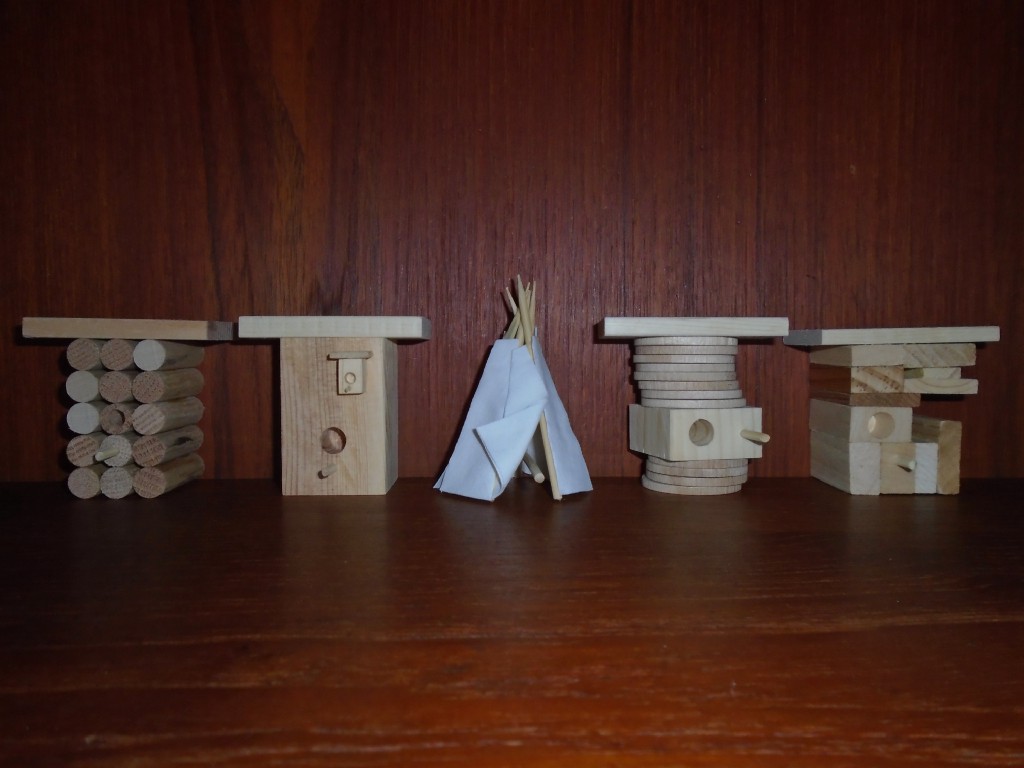
It would be great to sell it at this point. It would be great validation for what I’ve accomplished, though it’s a little sad to part with something you put so much time and energy into. But as long as I’m holding onto it, I’m still compelled at times to create a few more. Then it will start getting larger and it will become another obsession so it will be nice to wrap everything up and have everything finished and move on to the next thing.
So you went to Home Depot like “give me all your scraps!”
HJ: No, I was fixing up my farm and I noticed they had these little shims under the lumber they sell and I would see them on the floor. They said they just end up recycling them or turning them into mulch so I asked if I could have a couple. I knew another place in the area that was a roofing company that had lots of scraps so I just started grabbing stuff from there. It was just an assembly line construction at one point.
I was really interested by your tongue-in-cheek artist’s statement. Did you study other artist’s statements to write that?
HJ: Often times people will ask what my background in art is, implying that I needed to have a background in art in order to do this, or for people to take my work seriously. I always try to avoid answering that question. I recognize that I’m really perfectionist about some things, and maybe that’s an example of taking things too seriously, but when I look at how people talk about fashion or art I think they are often taking it too seriously. With anyone that creates things, the objective is to get it in front of as many people as possible so people can appreciate it or be inspired by it. My birdhouses are a very superficial collection in that there is no real deep message. It’s more just something to look at. I threw a lot of buzzwords into that statement.
Do you have a favorite theme that you came up with for the houses?
HJ: If I could keep a handful for myself, I wouldn’t have a problem picking out a bunch. When someone comes along and wants to view the collection, I’m always excited to see pieces I forgot I created. People have asked about buying single pieces, and while it was exciting that they were interested I was reluctant to sell them individually because I see value in the whole collection.
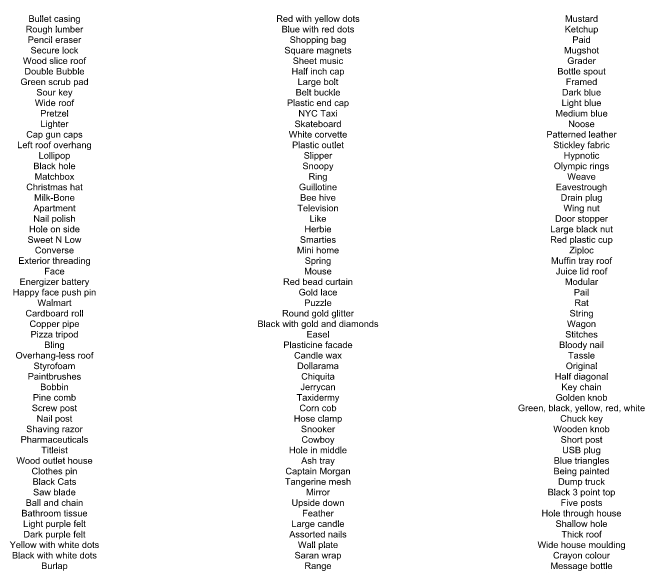
People would have their favorites, and I would hate to sell the favorites and have others left behind. It’s a fairly broad set of themes. When I display them I display the child-focused themes on the lower shelves so that kids can see them. And there are some that have more mature themes (like Playboy) so I put those higher up. I really hope someone comes along with a good idea for displaying it, it will help pay for life.
Life is so expensive. How long have you been considering selling this? How did you come up with the price?
HJ: I think I had it listed on Craigslist a couple of times. It expires so quickly and I’m not actively selling it. Craigslist is simple. I mean, it’s not a place to sell art. I asked different people about the price and what they think it might be worth and I got a whole range of suggestions so I decided on 10,000, essentially $10 per piece.
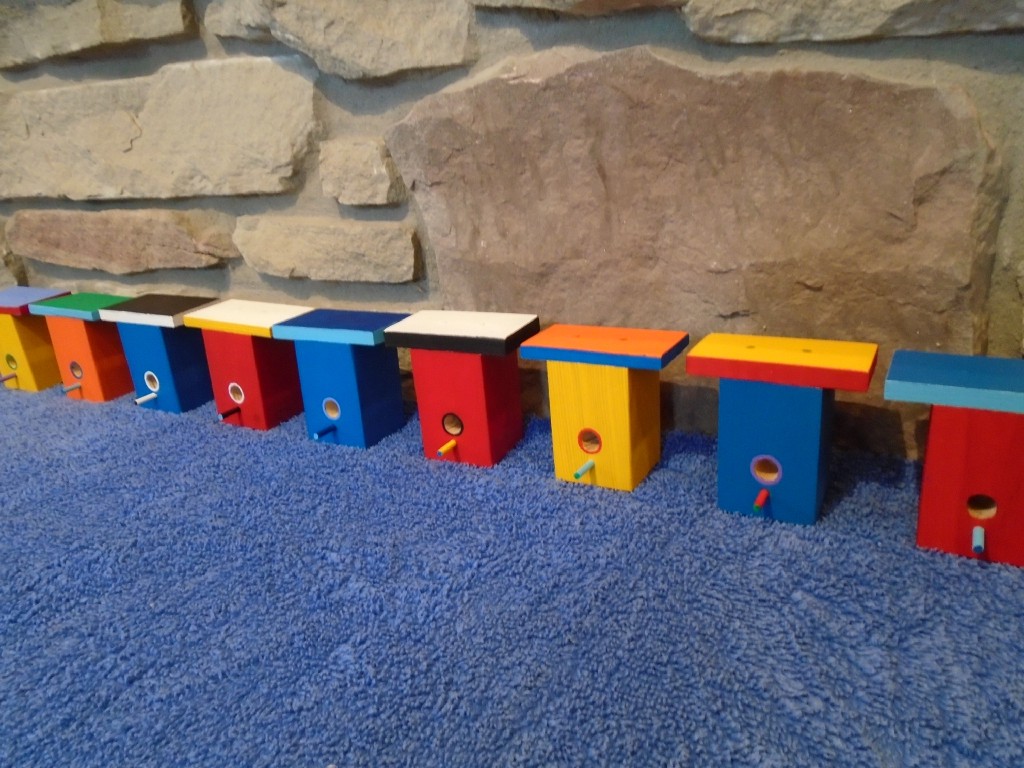
How many inquiries have you gotten via Craigslist?
HJ: Maybe 20 or 30 I think the price probably weeds out people who aren’t serious about it.
Would you ever do a project like this again?
HJ: I’d certainly consider it. It depends on how this one ends. I’ve wrapped it up really well, everything is documented, everything is spellchecked everything is fixed and in good order and stored away so it can sit there for years in those boxes and nothing will happen to them. I still have a lot of loose ends right now in my life so it will be nice to get things wrapped up.
Would it upset you if I told you I found a typo in your document?
HJ: Yeah, it would upset me a little bit—not a lot. I went through it painstakingly. If there is something you found, I wonder if it’s a British vs. American spelling.
No no, I know all about that.
HJ: Well I would love to know so I can fix it.
Page 2 column 3
HJ: I’m impressed that you found that.
I’m very thorough. Do you feel like you have closure on this project?
HJ: I do.
So is part of listing this on Craigslist kind of like sounding a yawp into the universe that it exists?
HJ: I think that’s exactly it. I keep a very low profile on the Internet– hence, Craigslist. Maybe if I was on Twitter it would be easier to be picked up or liked or whatever happens there. I’m confident that there is at least one person out there that would love to have this and I’m not in a hurry at this point to find that person so if it happens, or when it happens, it will happen.
But you kind of don’t want to find them either.
HJ: Yeah, I’m sort of torn.
This interview has been condensed. You can get in touch with Heikki Markus Jaason at [email protected].
